
News • New approach to replacement tissue
3D printing of artificial cartilage
Material scientists at TU Wien (Vienna) have developed a new approach to producing artificial cartilage tissue: using a 3D printer, cells are grown in microstructures.

Material scientists at TU Wien (Vienna) have developed a new approach to producing artificial cartilage tissue: using a 3D printer, cells are grown in microstructures.
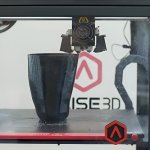
A fully digital design-to-manufacturing process developed at Loughborough University has the potential to revolutionise lower limb socket production by allowing printing outside of hospital settings.
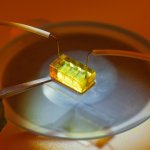
A European team of researchers have successfully developed a new, living organ model which could advance rapid testing of new or common drugs to treat diseases of the liver.
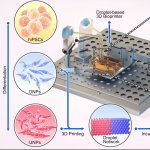
University of Oxford researchers demonstrated that neural cells can be 3D printed to mimic the architecture of the cerebral cortex. This could be used in patients after brain injuries.
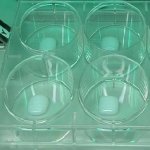
Researchers at Mayo Clinic have developed a 3D prototype of human skin bioprinted to model inflammatory skin disease such as atopic dermatitis — more commonly known as eczema.
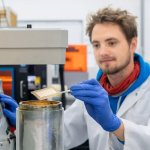
Using 4D printing technology, researchers have developed flexible electrodes. On contact with moisture, they automatically fold and wrap themselves around thin nerves.
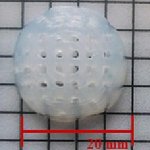
Researchers from Queen’s University Belfast have created personalised 4D printed “smart” implants for breast cancer management - a first for this technology.
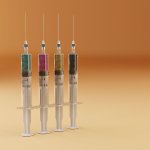
Getting vaccines to people who need them isn't always easy. Many vaccines require cold storage, making it difficult to ship them to remote areas that don't have the necessary infrastructure.

Researchers at the University of Campinas and the Federal University of São Carlos in Brazil have developed an electrochemical sensor that detects Parkinson's disease at different stages.
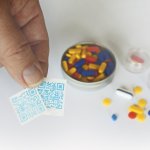
60 percent of all administered drugs do not have the desired therapeutic effect. Even worse: in Germany alone about 60,000 deaths per year are caused by medication. With these shocking statistics Professor Dr Christian Franken started his presentation on “Pills from the 3D printer” at last year’s Medica in Düsseldorf. He hopes that his vision of personalized medication based on 2D and 3D…
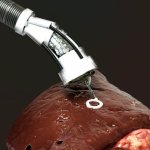
Researchers at the University of New South Wales unveil prototype device that can directly 3D print living cells onto internal organs and potentially be used as an all-in-one endoscopic surgical tool.
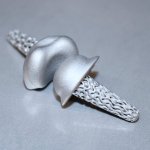
Researchers use AI to develop personalized 3D-printed joint implants so that these delicate finger parts can be replaced when necessary (e.g. after illness or injury).

A custom-made new hip, a knee or maybe a piece of bone? The technology and possibilities for 3D printing are (almost) there. And such an implant from a 3D printer has many advantages, not only for the patient, but also for the surgeon who has to perform the operation. Koen Willemsen, physician, and medical engineer at the University Medical Center Utrecht (UMCU), was at the cradle of the 3D lab…

Bowel cancer patients could in future benefit from a new 3D bioprinting technology which would use their own cells to replicate the complex cellular environment of solid tumours in 3D models.

Spinal fusion—fusing two vertebrae together—can treat a wide variety of spinal disorders. A patient-specific 3D-printed smart metamaterial implant doubles as sensor to monitor spinal healing.
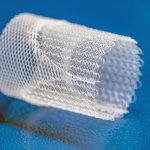
Researchers have developed 3D printed artificial heart valves designed to allow a patient’s own cells to form new tissue.
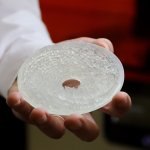
A research team in Spain and the US has created 3D-printed acoustic holograms to improve the treatment of diseases like Alzheimer's and Parkinson's, among others.
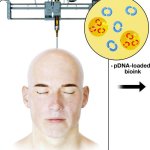
An international team of engineers is bioprinting bone along with two growth factor encoding genes that help incorporate the cells and heal defects in the skulls of rats.
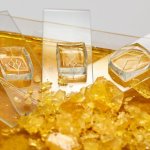
3D-printed sugar models of dense and chaotic blood vessel networks near tumors could help future cancer treatments.
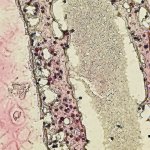
In a pair of world firsts, scientists have 3D printed human testicular cells and identified promising early signs of sperm-producing capabilities.

Researchers have developed a new type of lightweight 3D-printed back brace capable of sensing how effectively it fits patients. Its developers say it could lead to improved treatment for scoliosis.
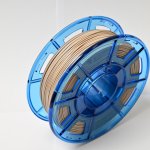
Evonik offers a comprehensive portfolio of 3D printable med-tech biomaterials that can be used to produce medical devices with temporary or permanent body contact. Marc Knebel, head of Medical Systems at Evonik, explains the benefits and applications of the new high-performance polymer VESTAKEEP Care M40 3DF.

Loosening hip implants can cause major damage to the bone and a simple replacement won’t suffice to carry the load during movements. “To solve this problem we have to turn to innovative technologies such as bioprinting. Scaffolds are required that – while adapting slowly – offer long-term stability,” says Professor Dr Dieter Wirtz, Director of the Department of Orthopaedics and Trauma…

The light from a smartphone screen can be used to print medications, in a new 3D printing technique developed by UCL researchers.
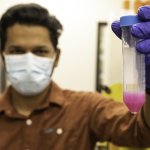
Researchers at the University of Rochester, and Delft University of Technology in the Netherlands recently developed a 3D printing technique to engineer and study biofilms—three-dimensional communities of microorganisms, such as bacteria, that adhere to surfaces. The research provides important information for creating synthetic materials and in developing drugs to fight the negative effects of…